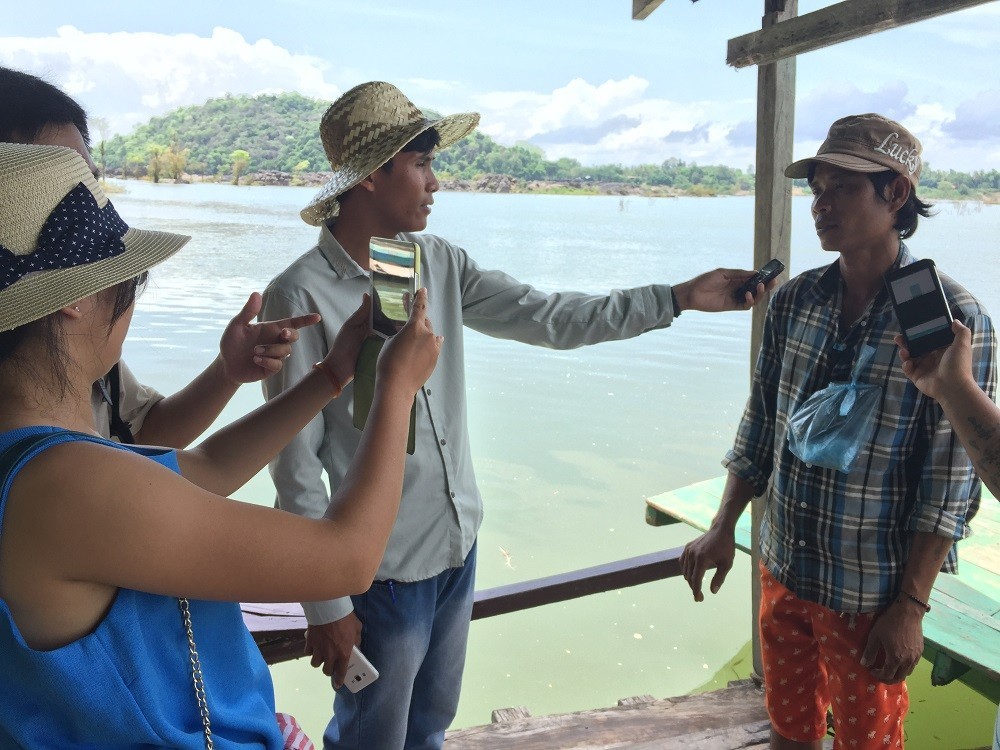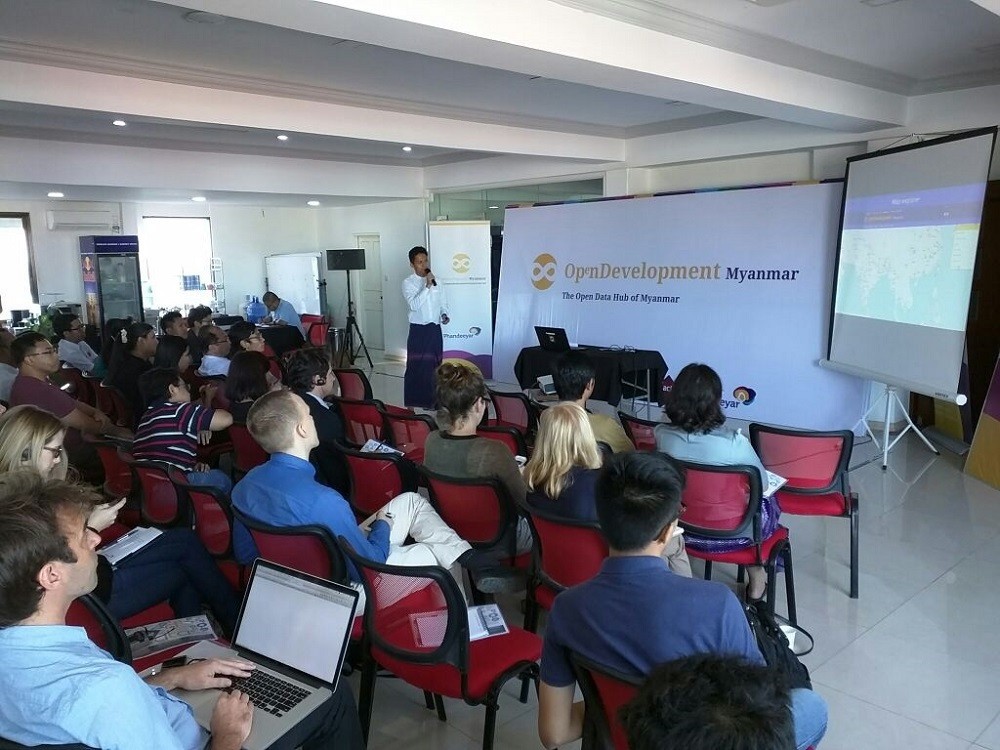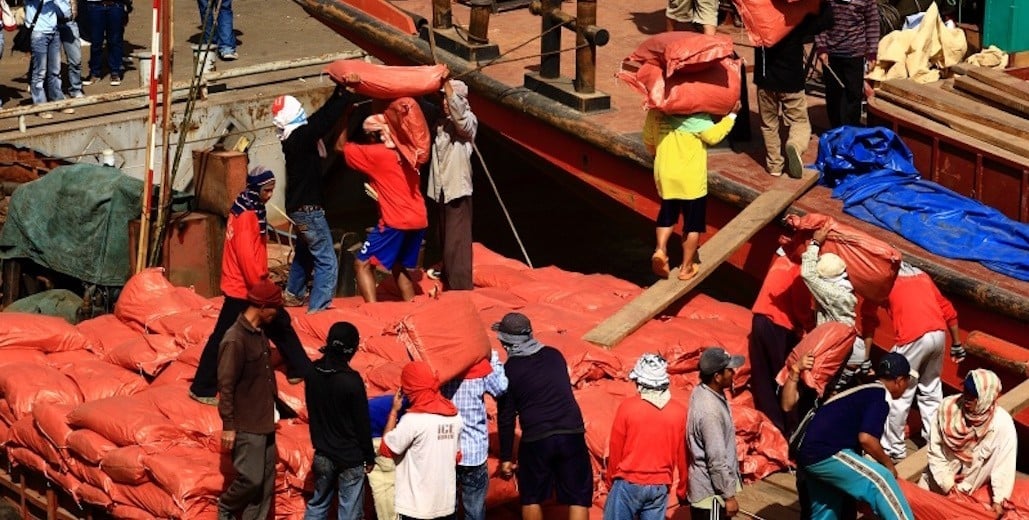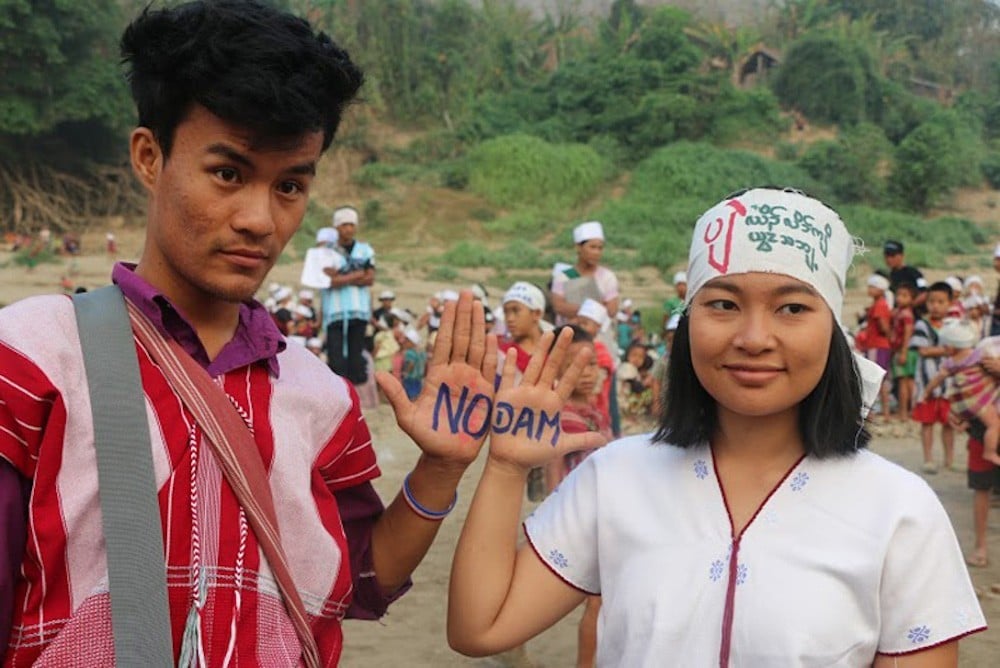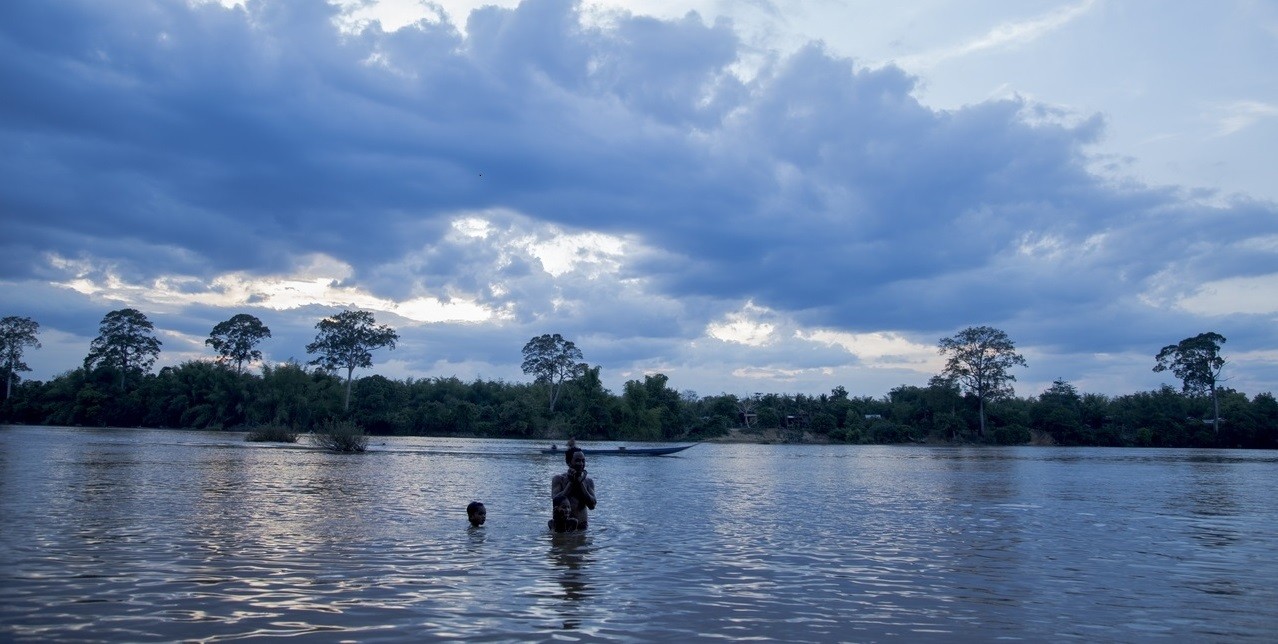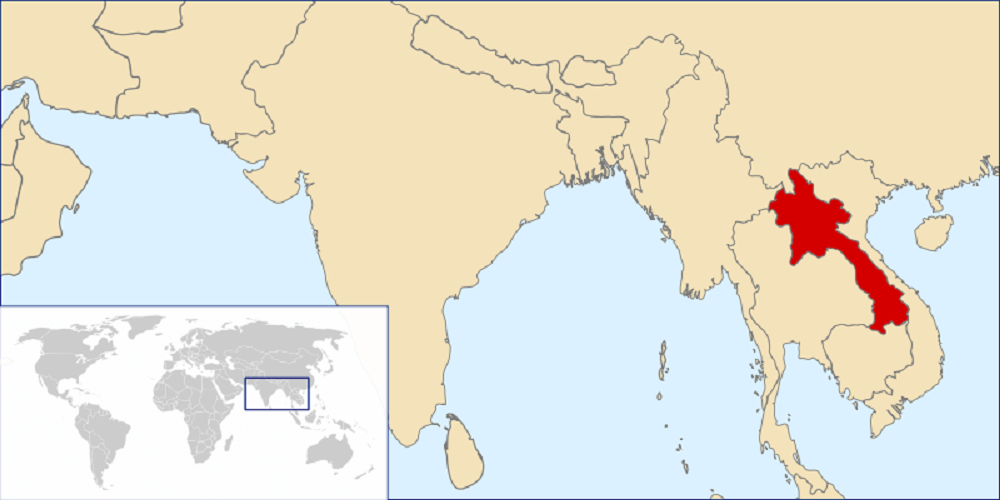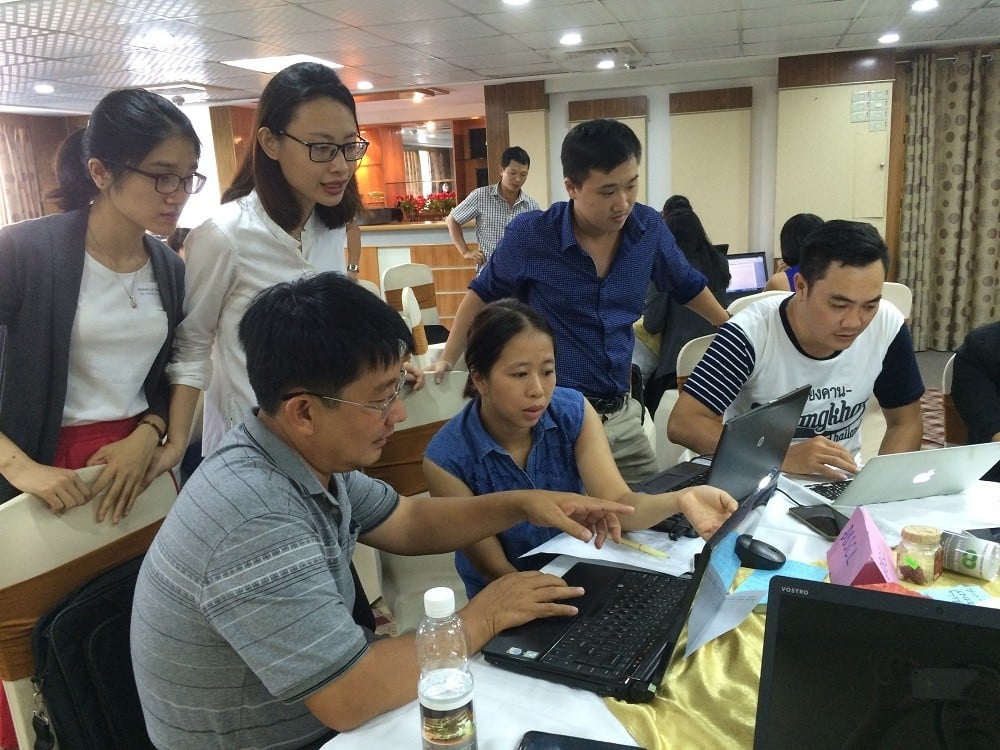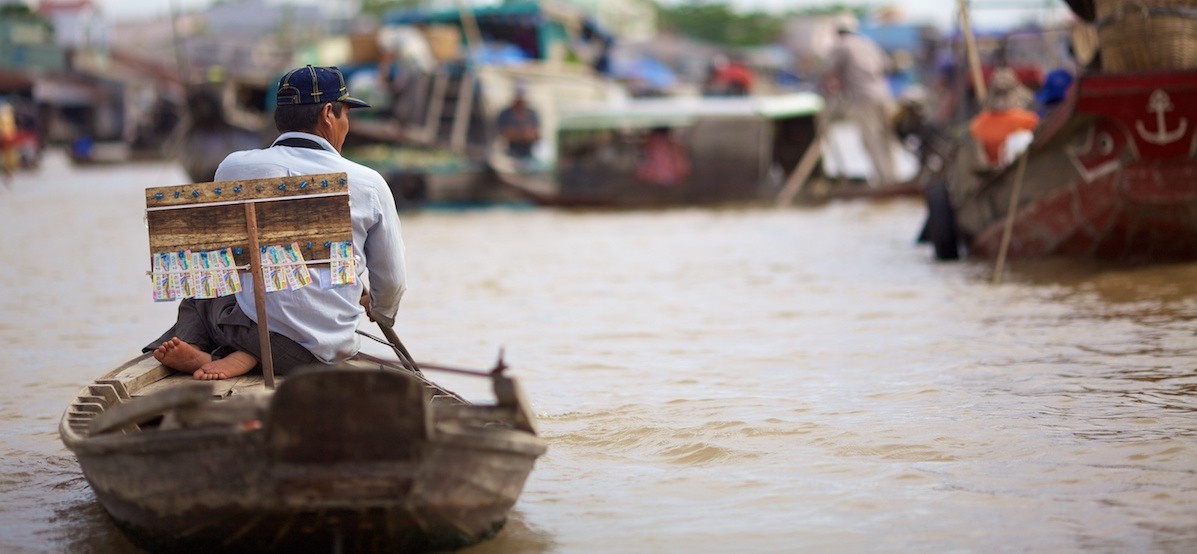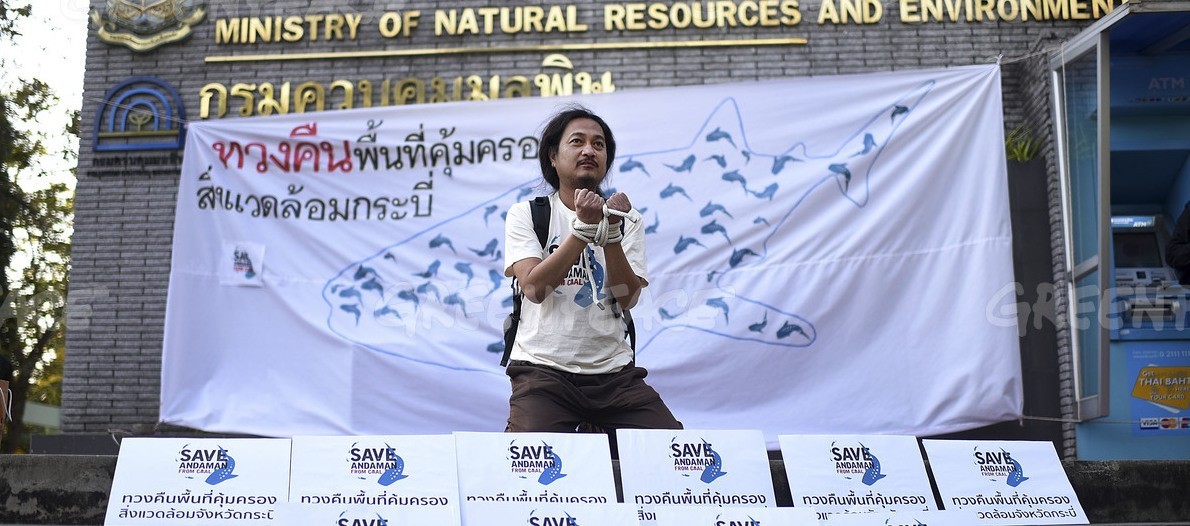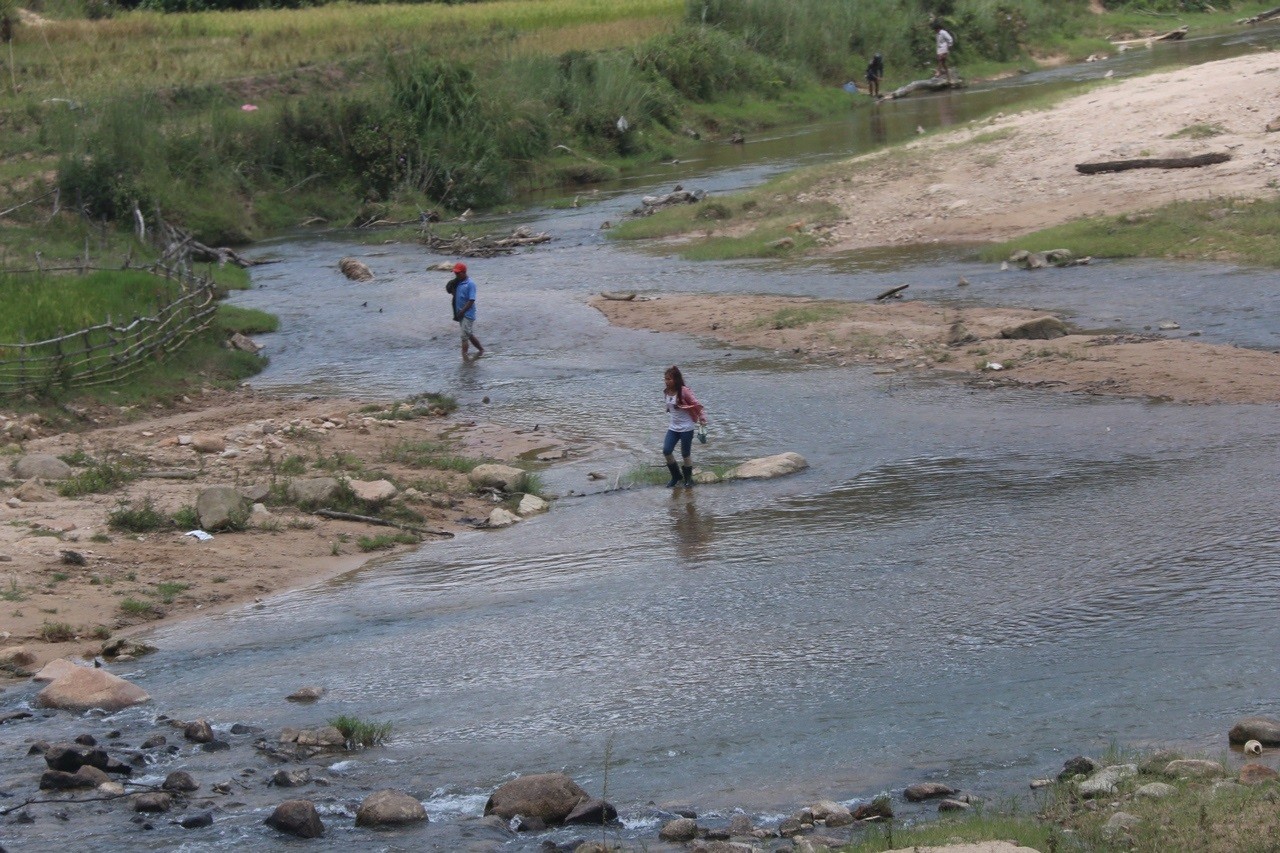While the media coverage of the environment in Cambodia is still limited, the Cambodian Environmental Journalism Network (CEJN) has urged media organizations to make more comprehensive coverage of the environment for the public in cooperation with the media in the neighboring countries.
Category: Article
Launch of Open Data Portal Brings Environment and Development Data to Myanmar
USAID-supported Mekong Partnership for the Environment (MPE) partners have launched an innovative data portal in Myanmar. Open Development Myanmar is now available to the public and will aggregate and promote key development and environmental data about Myanmar, especially data with potential regional significance. The platform is the Myanmar sub-site of the major regional open data platform, Open Development Mekong, which gathers and contextualizes objective data on development trends in the Mekong region.
Managing the Mekong’s Economy for Whom?
“Water is liquid capital” proclaims the lead-out of World Wide Fund for Nature’s new report “The Role of the Mekong in the Economy.” Released earlier this month at the 2016 Mekong Forum on Water, Food and Energy, the report’s findings stress that despite the Mekong’s central role to the economies of countries in the Lower Mekong Basin, river management decisions are not being coordinated with long term economic development, nor planning efforts. Unless decision makers start considering the connections between water choices and economic development, the region’s prosperity seems destined for trouble.
Myanmar Rivers Network calls suspensions of mega dam projects including resources
Myanmar Rivers Network has called for the suspension of construction on mega dam projects, a special economic zone and extraction of value-added mineral resources until a federal agreement is signed.
At a press conference at the Orchid Hotel on December 7, the network released a statement saying that the respective governments and companies must give full compensations to villagers who had been moved by force because of previous dam construction projects.
When will a basin-scale vision for the Mekong come to reality?
The Mekong basin is being stirred up by dams, both on the mainstream and tributaries, despite the warning that they pose serious threats to an ecologically and agriculturally vital area of the world. Experts say a basin scale vision is crucial for good water governance, but when will it become a reality?
25 Most Popular Research Papers on Lao Land and Food Issues: LaoFAB
In commemoration of LaoFAB’s 10th anniversary, the top 25 most popular research papers and reports in its repository have been made public. The list is dominated by studies of land concessions and food security.
Environmental Protection by the Numbers: Vietnamese Journalists Learn to Use Data to Tell Stories
From 26-28 October 2016 in Hanoi, Vietnam, USAID-supported Mekong Partnership for the Environment (MPE) partners PanNature and Internews’ Earth Journalism Network trained Vietnamese journalists and local NGOs on how to better source, analyze and incorporate environmental data to tell compelling stories. The workshop aimed to build journalists’ skills in using data to understand and describe environmental issues – particularly in stories about the costs and benefits of regional development projects such as dams, mines and power plants.
Moving beyond the Myitsone dam dilemma
Amid a wave of popular protest, construction on the Chinese-backed project was halted by the Thein Sein government in 2011. Daw Aung San Suu Kyi’s assurances in August that there will be a solution to the stalled dam may be welcome news in Beijing.
Clean energy for Krabi
In a bid to create the impression that the coal-fired power plant in Krabi has won backing from locals, Krabi governor Pinit Boonlert submitted a list of supporters’ signatures last week, totalling 15,000, to the government. That is worrisome.
The move came immediately after Prime Minister Prayut Chan-o-cha said the government attached importance to public participation and would pay heed to locals’ needs when making a final decision over the contentious project in the province with a population of 456,800. He made the comments in response to the fresh round of protests by anti-coal supporters at Government House last month.
The risks of diverting water
Thuong Kon Tum dam, which is built in the Dak Snghe River watershed, is one of the biggest hydropower projects in the basin of the Se San river. The effect of the dam is still questionable but it raises concerns about environmental impacts as the project will take more than 382ha of watershed protection forests in Kon Tum province and divert water into the Tra Khuc river in Quang Ngai province.


